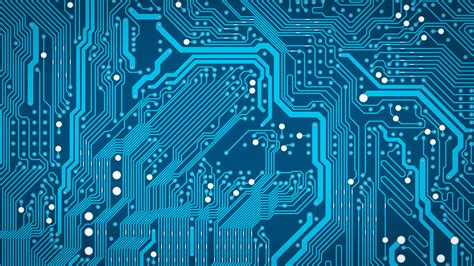
PCB Etching-How to Achieve The Perfect PCB Etching
Introduction to PCB Etching Printed Circuit Board (PCB) etching is a crucial process in the manufacturing of electronic circuits. It involves the removal of unwanted[…]
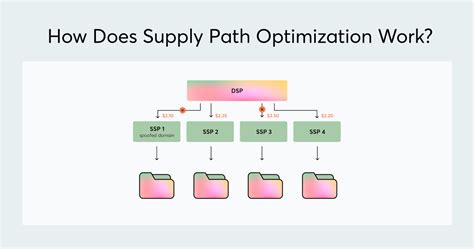
PCB layout guidelines to optimize power supply performance
Why is Power Supply Optimization Important? Before diving into the specific guidelines, it’s essential to understand why power supply optimization is crucial. A well-designed power[…]
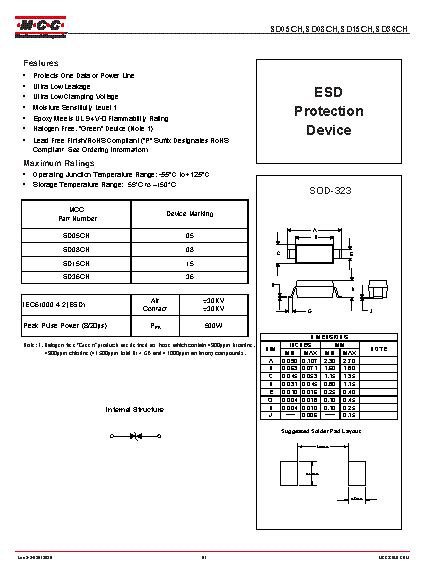
MOC3021 Datasheet: Configuration and Uses
Key Features and Benefits The MOC3021 offers several key features and benefits: High isolation voltage (7500 VRMS) Low input current (5 mA) High current transfer[…]
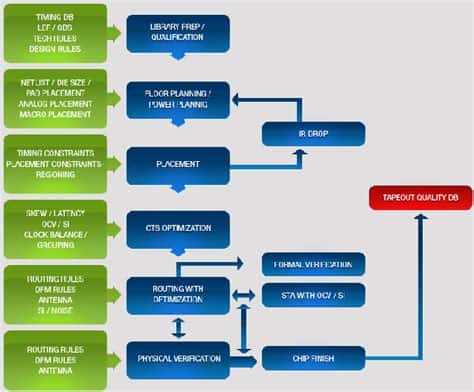
DRC Settings and Guidelines for CAD Packages
Introduction to DRC in CAD Design Design Rule Checking (DRC) is a critical step in the computer-aided design (CAD) process for printed circuit boards (PCBs)[…]
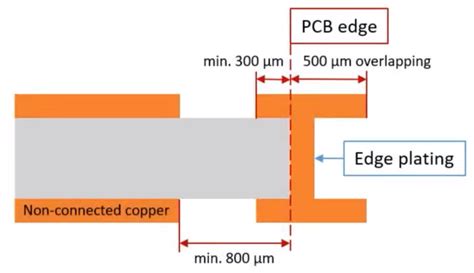
PCB Edge Plating: Metalizing Circuit Board Edges via Electroless Copper Plating
What is PCB Edge Plating? PCB edge plating is a process of depositing a layer of metal, typically copper, on the edges of printed circuit[…]
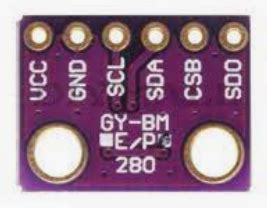
BMP280 vs. BME280: What Are Their Differences?
What is the BMP280 Sensor? The BMP280 is a digital barometric pressure and temperature sensor developed by Bosch Sensortec. It is designed to be highly[…]
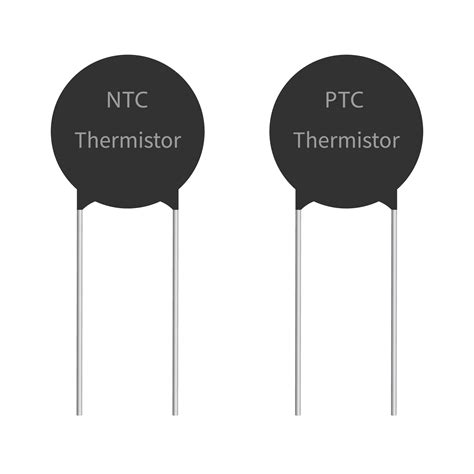
PTC Thermistor: Temperature Sensitive Resistors for Electronic Circuit Protection and Temperature Sensing
What is a PTC Thermistor? A PTC thermistor is a type of resistor whose resistance increases significantly with a rise in temperature. This behavior is[…]
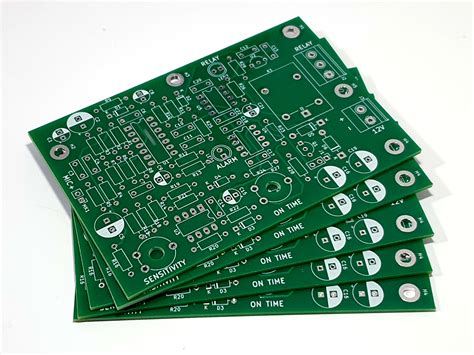
PCB Circuit Board – How to Get Started Quickly For Beginners
Introduction to PCB Circuit Boards Printed Circuit Boards, commonly known as PCBs, are the backbone of modern electronics. These boards are used in almost every[…]
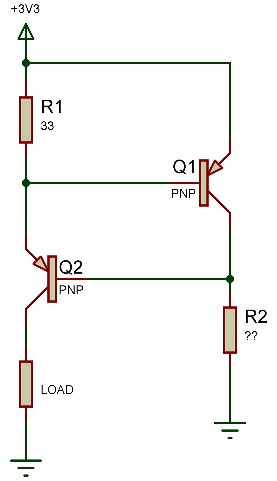
Current Limiting Resistor: Protective Resistor for Regulating Current
What is a Current-Limiting Resistor? A current-limiting resistor, also known as a protective resistor or a Ballast Resistor, is a type of resistor used to[…]
